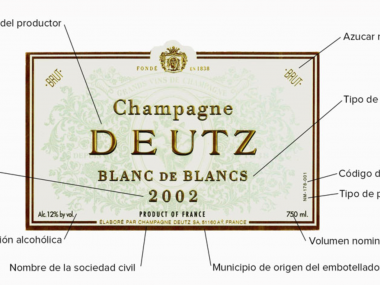The soil is a fundamental aspect in determining the quality of the grape and, therefore, of the wine. That is why it is important to know how they are composed and which are more favourable to the cultivation of life. Here we tell you everything you need to know.
Soils are composed, in different measures, of eroded bedrock, organic matter deposited in the place, and materials that have been moved by wind, water or gravity.
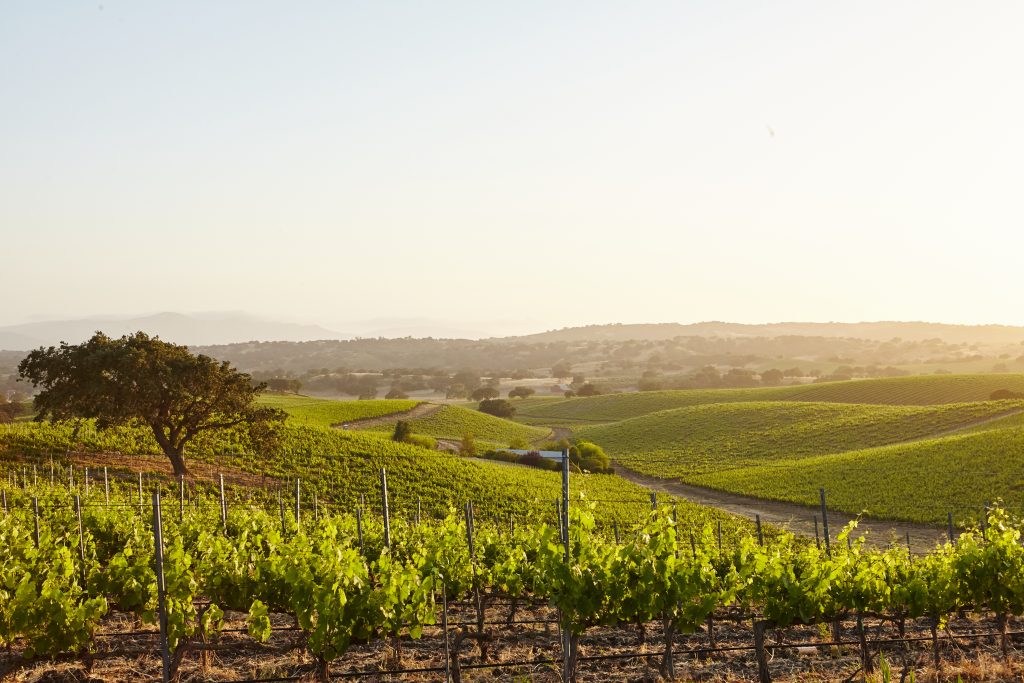
Different types of soils
There are different types of soils according to their composition, although they can often be mixed together:
- Sandy soil is composed mainly of sand, with particles – many of them coarse – of siliceous stone. It absorbs little water, is very porous, dries quickly and has no adhesiveness. It is very inert, does not retain nutrients but has good drainage capacity.
- The loamy soil is composed of particles transported by rivers or winds, they settle on the banks of riverbeds or lands that were flooded. It does not have the capacity to retain much water or nutrients, is not very adhesive and is quite inert.
- The clayey soil is made up of very small clay particles, which retain a lot of water and nutrients, are plastic when wet, have a lot of adherence and when dry are very compact. These soils are known to be humid and heavy.
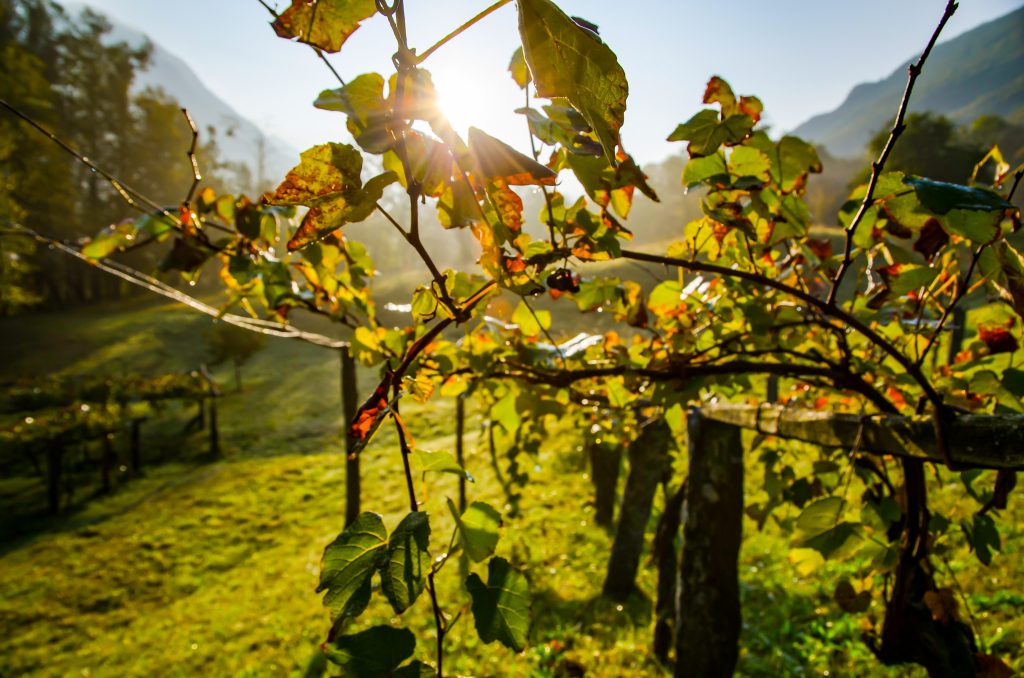
Depending on the composition of each soil, whether it is pure or mixed, we can obtain different textures:
- The sandy texture is that which can be seen in completely sandy soils.
- The sandy-loam texture is found in that soil which has mostly sand, with smaller portions of silt and clay, which gives it greater coherence between the particles.
- The loam texture has a fairly equal mixture of the three components, sand, silt and clay. This makes it soft, easy to crumble and quite plastic.
- The loamy texture contains a large proportion of clay, but also silt and sand, which gives it greater cohesion.
- The clayey texture is fine and very plastic.
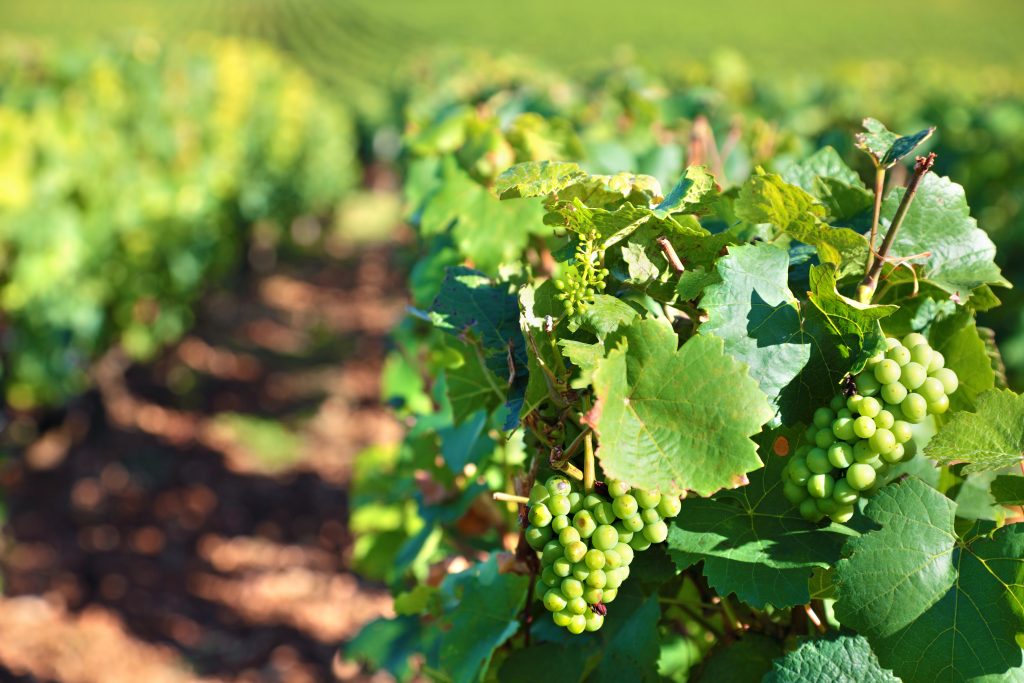
The best floors for wine
In general, the preferable soils for the vineyard are those formed by a mixture of different particle sizes. While the bedrock determines the texture and type of soil, the climate, relief and living creatures that inhabit the soil will leave their mark and provide many of its characteristics.
As far as viticulture is concerned, the physical structure is the most fundamental, as it determines the capacity of the soil to retain water, as well as the accessibility of the vine to access it.
While wet and light soils are cold, those that drain well and are dark and stony are warm and favour the eruption and ripening of the grapes. In hostile climates, they can help late-ripening varieties. Conversely, cold soils can be favourable for early-ripening varieties.
Red grapes benefit from soils with smaller particles – firstly clay, and secondly silt – as they offer very easy access to nutrients and water. On the other hand, in sand and gravel, the nutrients are unobtainable for the roots. This is why this type of soil is low in nutrients.
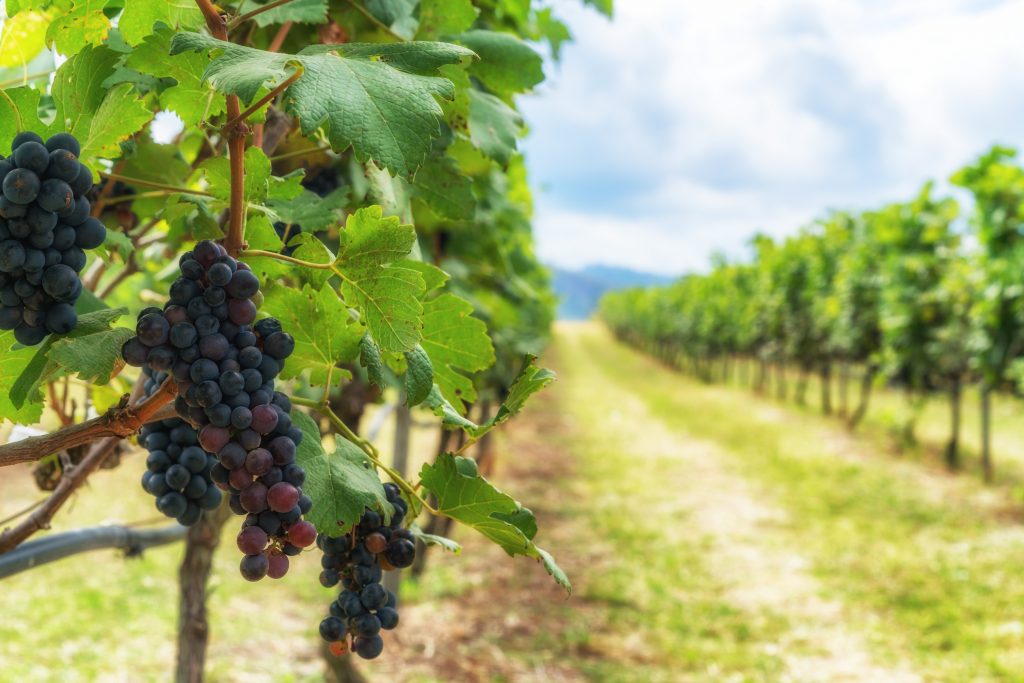
However, when the particles are too small, they can drown it. Especially if they are subjected to large amounts of precipitation. Therefore, the climate is a fundamental factor to take into account when we think about the ideal type of soil.
On the other hand, silt does not have the capacity to retain water or provide nutrients like clay, nor does it drain sandy soils. This is why the optimum is to seek a balanced mix between the three types of soil, with a very low proportion of silt.
In any case, the optimum soil type for each vine will ultimately be determined by a number of factors other than climate, such as exposure to the sun, the variety of grapes, and the depth of the soil.


